Application Lifecycle Management (ALM) refers to the process of managing the entire lifecycle of an application from initial concept through development, deployment, maintenance, and eventual retirement. ALM encompasses various phases and practices to ensure that software is delivered efficiently and effectively while meeting quality standards and user requirements.

Here’s a breakdown of key components in ALM:
- Requirements Management: Gathering and defining what the application should do, including functional and non-functional requirements. This phase often involves stakeholder interviews, documentation, and analysis.
- Design: Creating the architecture and design of the application. This includes system design, user interface design, and ensuring the design meets the requirements.
- Development: The actual coding and creation of the application based on the design specifications. This phase also includes unit testing and code reviews.
- Testing: Verifying that the application works as intended and meets all requirements. This includes various types of testing such as functional, performance, security, and user acceptance testing.
- Deployment: Releasing the application to a production environment where users can access and use it. This involves activities like installation, configuration, and data migration.
- Maintenance: Ongoing support and updates to the application to fix bugs, address security vulnerabilities, and make enhancements. This phase ensures the application remains functional and relevant over time.
- Retirement: Eventually, the application will need to be retired or replaced. This phase involves decommissioning the application, archiving data, and transitioning users to a new system if necessary.
ALM tools and practices help manage the workflow, track progress, ensure compliance with standards, and facilitate communication among team members. ALM aims to improve collaboration, streamline processes, and ensure the application delivers value to its users.
Ptc
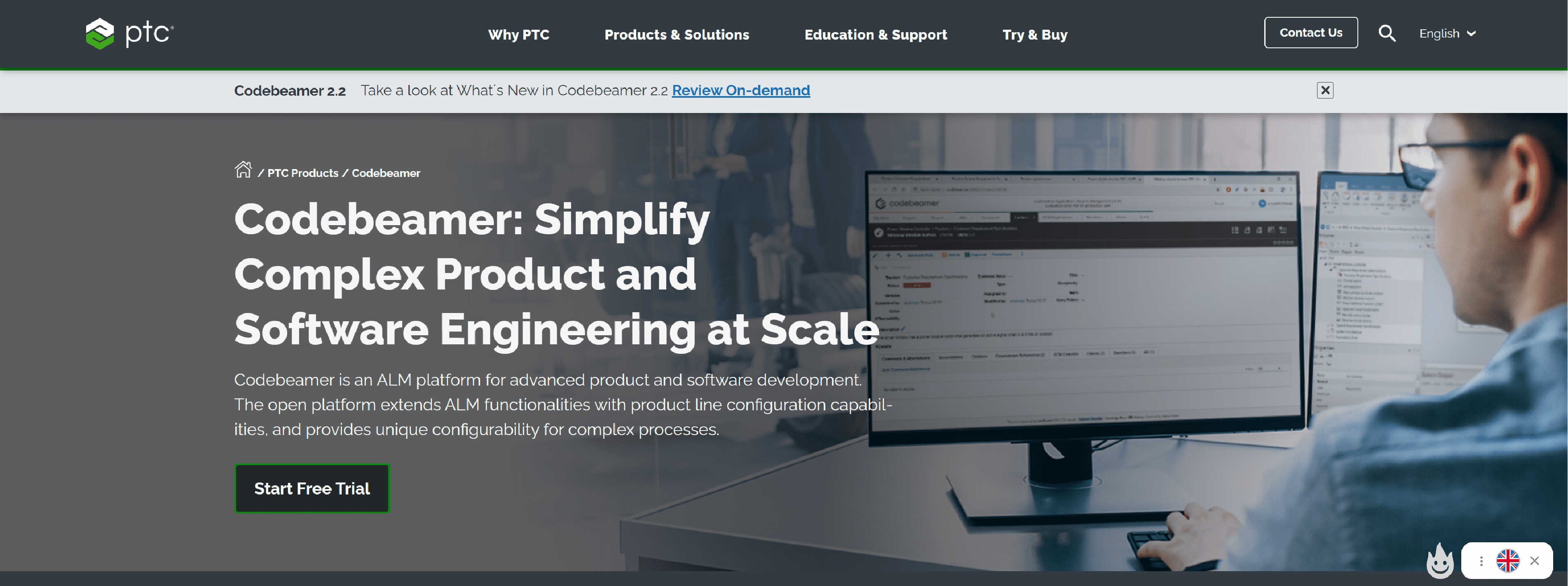
Ptc – application lifecycle management platform for collaboration, traceability, security, and process management.
- Modern, Integrated, Connected
- Seamless Integration
- Full Agile Capabilities
- End-to-End Traceability
- Speed and Predictability
- Out-of-the-Box Templates
Siemens
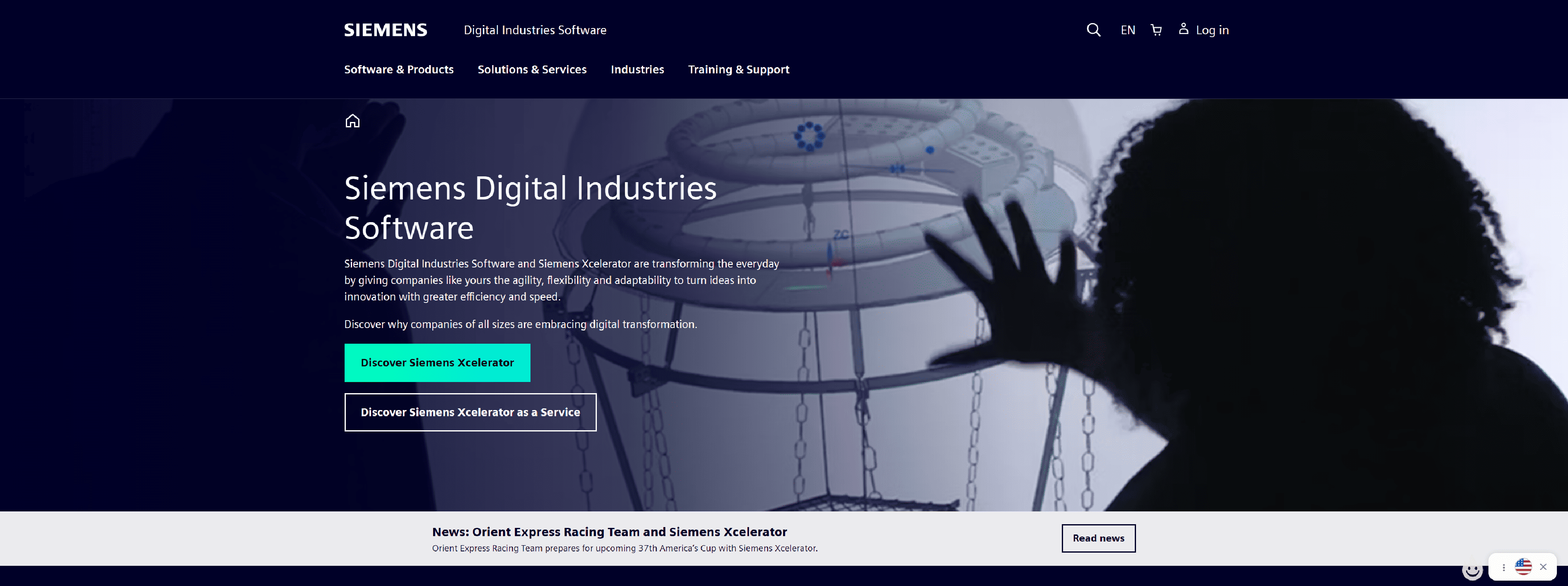
Accelerate software-driven products with an application lifecycle management software solution from Siemens.
- Capture and share information effectively and securely
- Plan product portfolio initiatives
- Succeed through audits and mitigate risks
Birlasoft
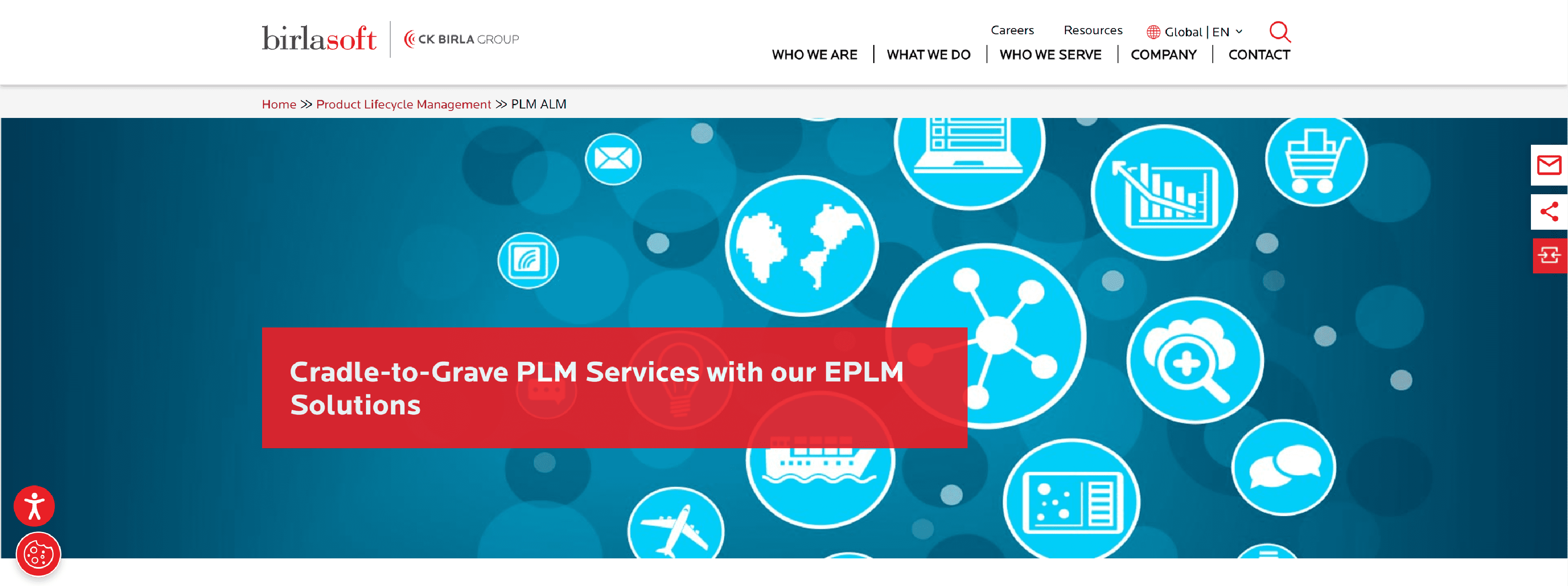
Birlasoft provides ALM services and products for – automotive and transportation, industrial and consumer electronics companies, among others.
- ALM Maturity Assessment
- Tool Evaluation and Selection
- Implementation
- Migration and Integration
Visuresolutions
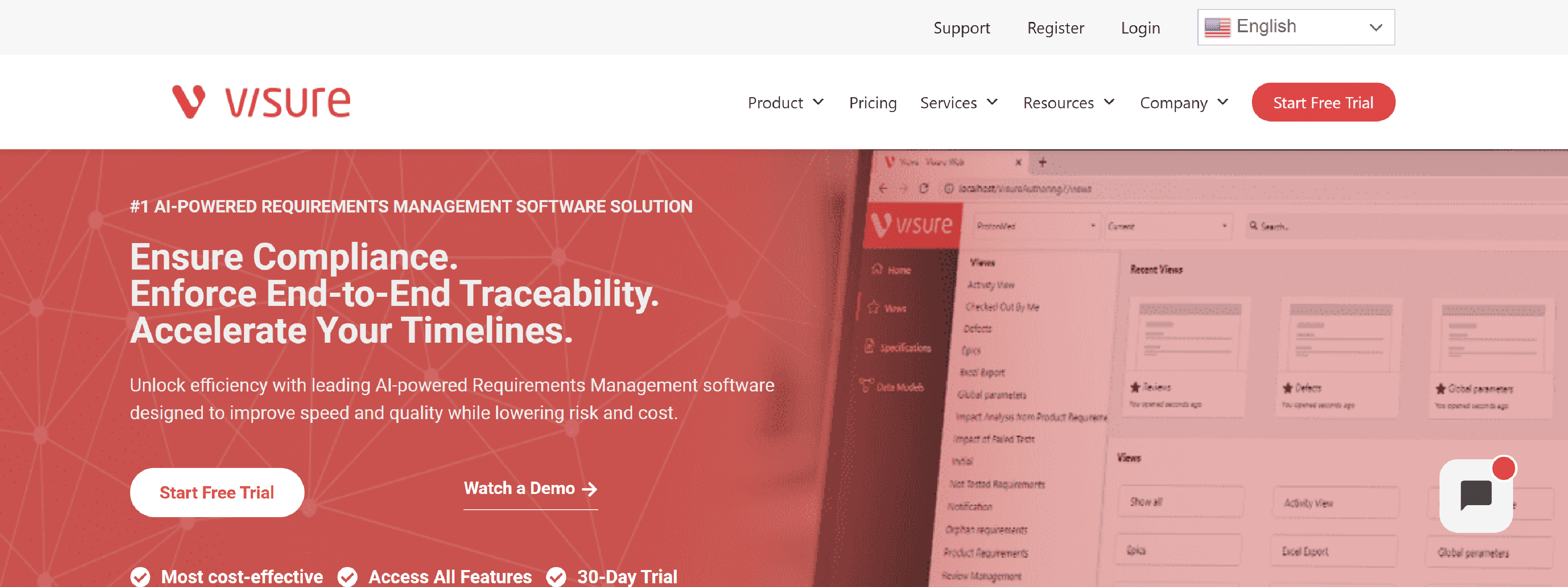
Visure’s Requirements Management System is the leading requirements software for complex products, systems, and software development.
- Sync from Visure to DOORS
- UML Software & Tools
- Testing Software & Tools
- Microsoft Word
- Sync from DOORS to Visure
- MBSE Software & Tools
- Bug & Issue Tracking Tools
- Microsoft Excel
Jamasoftware
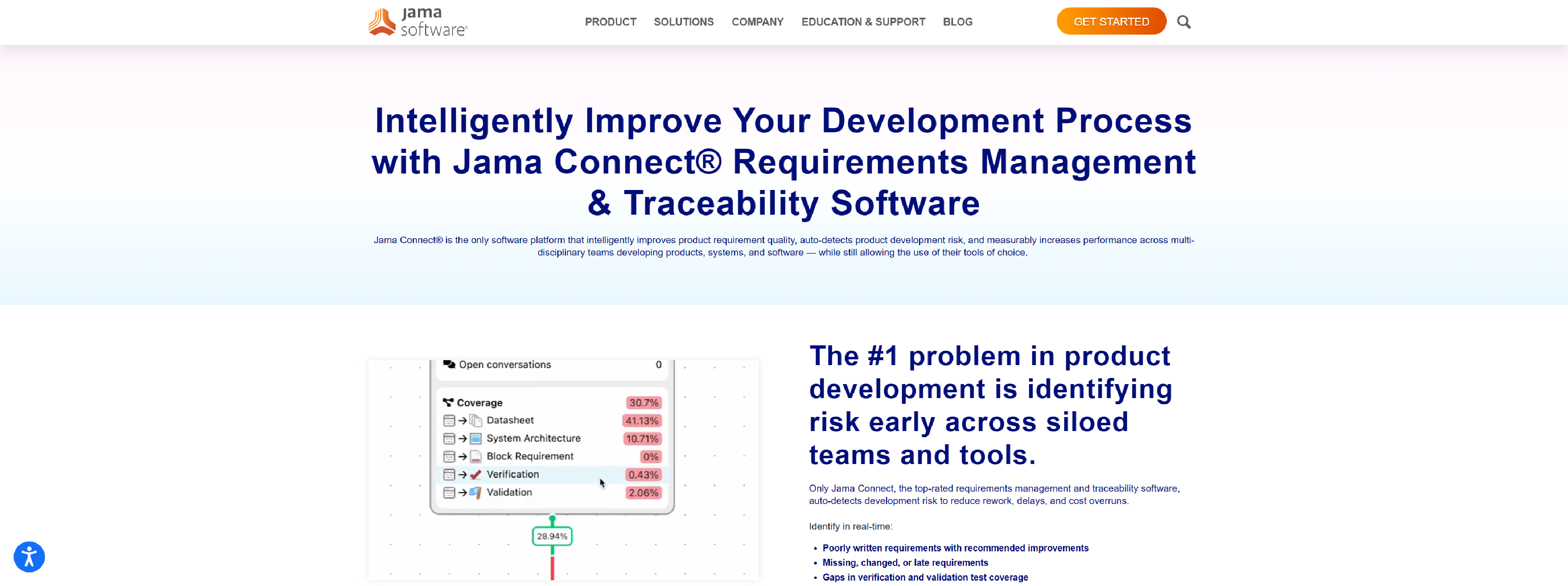
Jama Software is the leading requirements management software for complex products, systems, and software development.
- Live Traceability
- Real-time Collaboration
- Review Center
- Test and Quality Management
- Risk and Hazard Analysis
- Reuse and Baseline Management
- Seamless experience for authoring and managing requirements
- Ensure Accurate Requirements Authoring Quality
Modernrequirements
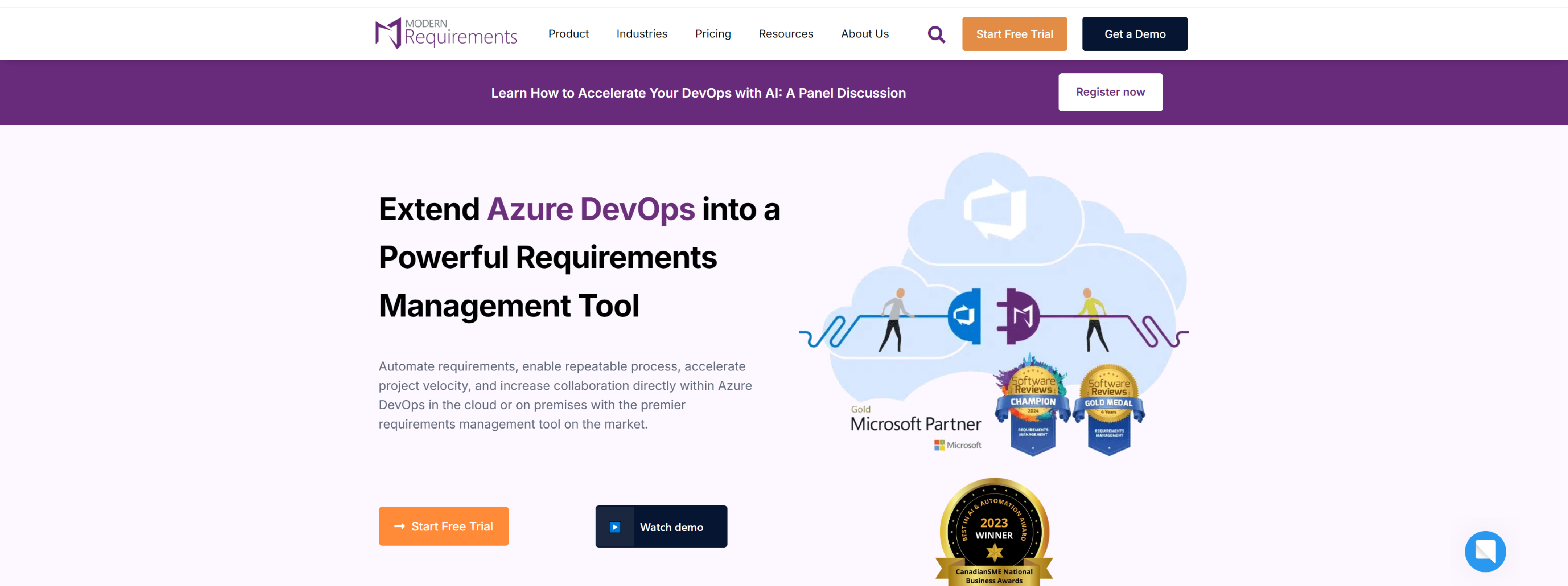
Modernrequirements – automate requirements, enable repeatable process, accelerate project velocity, and increase collaboration directly within Azure DevOps in the cloud or on premises with the premier requirements management tool on the market.
- Turn Azure DevOps into a Single Source of Truth
- Trust the Industry Leading All-in-one Requirements Management Solution
- Automate Your Process & Drive Real Business Value
- Ensure Your Industry Needs are Met
Helix ALM
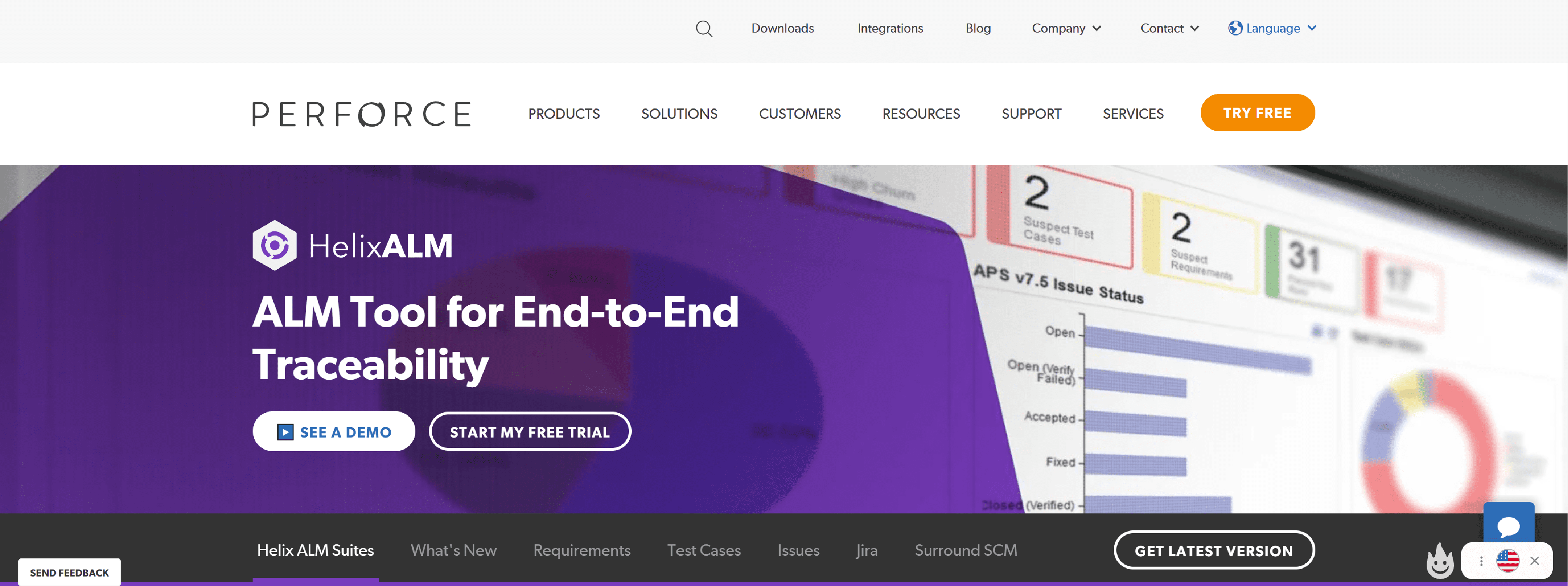
Helix ALM delivers continuous traceability for complex development. Requirements management, test case management, and issue tracking.
- Requirements Management
- Testing Management
- Issue Tracking
- Traceability Matrix
- Automated Workflows
- Risk Management
- Metrics & Reports
- Integrations
Tuleap
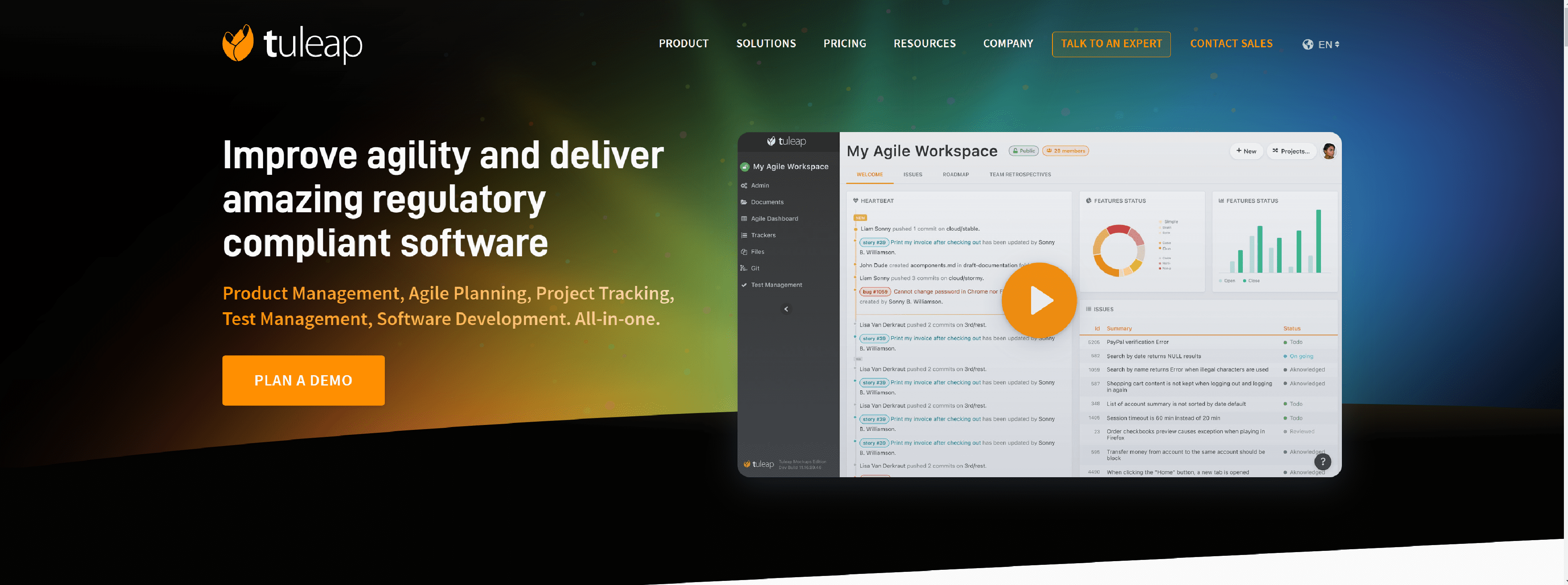
Scrum, Kanban, SAFe, DevOps or a Helpdesk, Tuleap provides highly-customizable tools that can encompass a very large panel of processes and enable achieve industry compliance: CMMI, SPICE, ISO.
- Collect, Rank, Plan with modern agile tools
- Get to the finish line with Kanban
- Test Management made easy
- Analytics and Dashboards
- Automate versioning, build, test and release
Most Common Questions Regarding Application Lifecycle Management
Q: What are the main goals of Application Lifecycle Management (ALM)?
A: The primary goals of ALM are to ensure efficient and effective management of the application from inception to retirement. This includes delivering high-quality software, meeting user requirements, minimizing risks, and optimizing the development and maintenance processes. ALM aims to enhance collaboration, streamline workflows, and ensure alignment with business objectives.
Q: How does ALM differ from Software Development Lifecycle (SDLC)?
A: SDLC is a subset of ALM. While SDLC focuses specifically on the stages of software development (e.g., planning, design, development, testing, deployment, maintenance), ALM covers a broader spectrum, including all stages of an application’s life from initial concept to retirement, and emphasizes ongoing management, maintenance, and enhancement.
Q: What role does requirements management play in ALM?
A: Requirements management is crucial in ALM as it involves gathering, documenting, and managing stakeholder needs and expectations. Effective requirements management ensures that the application meets user needs, reduces scope creep, and provides a clear basis for design, development, and testing.
Q: Why is testing important in the ALM process?
A: Testing is vital because it verifies that the application functions as intended, meets requirements, and is free of defects. It helps ensure software quality, reliability, and user satisfaction. Testing identifies issues early in the development process, which can reduce costs and time to fix problems later.
Q: What are some common challenges in ALM?
A: Common challenges include:
- Managing complex requirements: Ensuring requirements are clear, complete, and change-controlled.
- Coordination among teams: Ensuring effective communication and collaboration between development, testing, and operations teams.
- Maintaining software quality: Balancing speed and quality, especially with frequent updates and changes.
- Handling legacy systems: Integrating or migrating old systems with new technologies.
Q: How does ALM contribute to risk management?
A: ALM contributes to risk management by providing structured processes and tools to identify, assess, and mitigate risks throughout the application’s lifecycle. This includes risk assessment during planning, regular testing to identify potential issues, and monitoring during deployment and maintenance to address any emerging risks.
Q: Can ALM be applied to both traditional and Agile methodologies?
A: Yes, ALM can be applied to both traditional (Waterfall) and Agile methodologies. In traditional methods, ALM processes are linear and sequential, while in Agile, ALM focuses on iterative and incremental development with continuous feedback and improvement. ALM tools and practices can be adapted to fit the specific needs of different methodologies.
Q: How does ALM support continuous integration and continuous deployment (CI/CD)?
A: ALM supports CI/CD by integrating tools and practices that automate the build, testing, and deployment processes. CI/CD pipelines enable frequent, automated releases, improving efficiency, consistency, and quality. ALM practices ensure that these pipelines are well-managed and aligned with overall application goals and requirements.
Q: What is the significance of documentation in ALM?
A: Documentation is crucial in ALM as it provides a record of requirements, design decisions, test cases, deployment procedures, and more. It facilitates communication, supports compliance, helps in knowledge transfer, and provides a reference for future maintenance and enhancements.